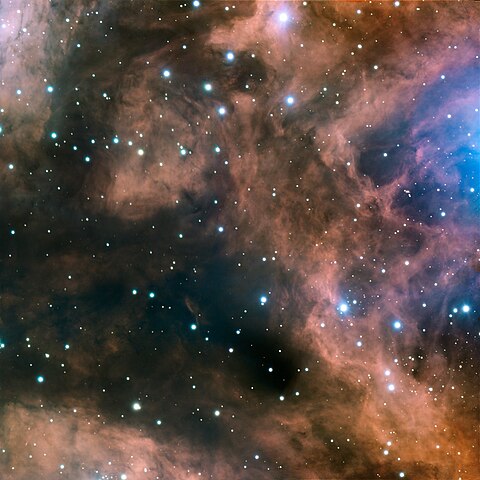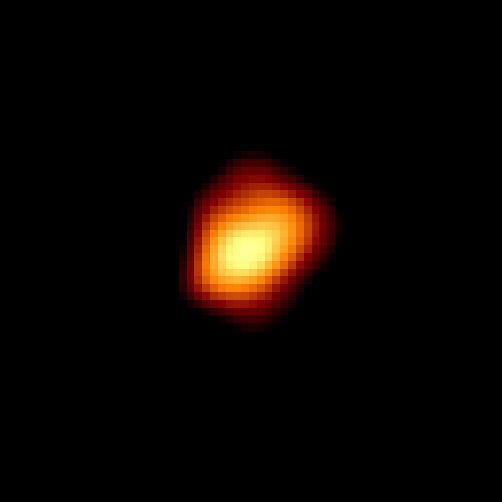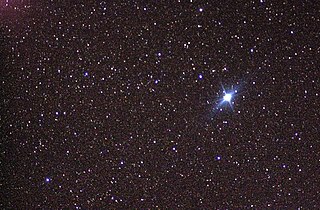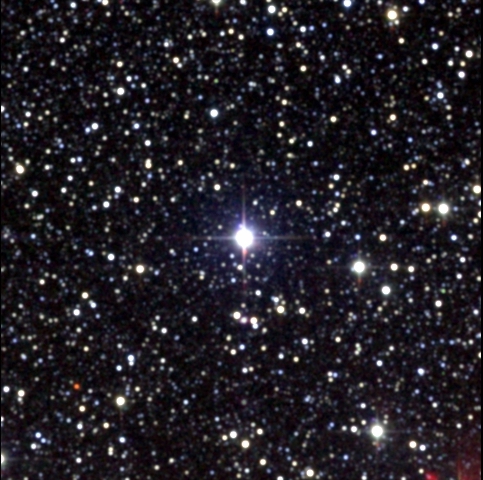We just learned about
Canopus.
Remember that stars in the sky like our
Sun
are just giant balls of burning gas floating in outer space.
When scientists want to measure how hot a star is,
they use something called
stellar classification.
The letters for stellar classification from hottest to coldest are:
O, B, A, F, G, K, M.
That can be tough to remember, so you can think of it with this sentence:
Oh Be A Fine Girl Kiss Me since those first letters all match up.
A stars heat usually makes it burn a type of color,
so each of the letters has a color that goes with it.
O - blue
B - blue white
A - white
F - yellow white
G - yellow
K - orange,
M - red
Scientists like to use the letters for how hot the star is,
but sometimes it's more fun to talk about a star by it's color!

(from: wikipedia -
stellar classification)

















